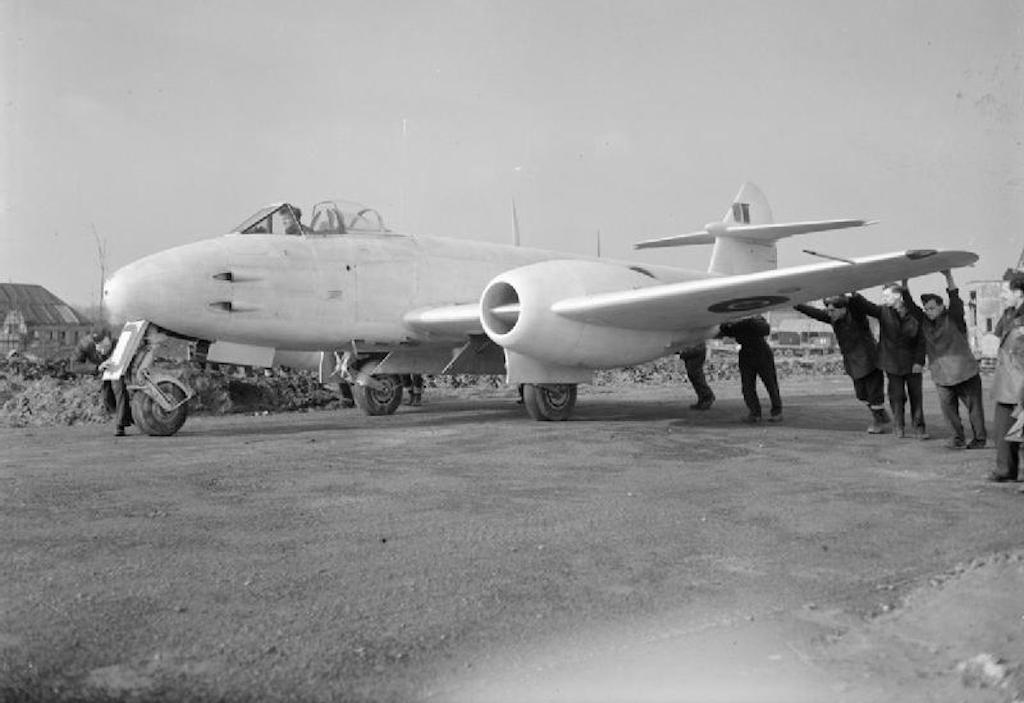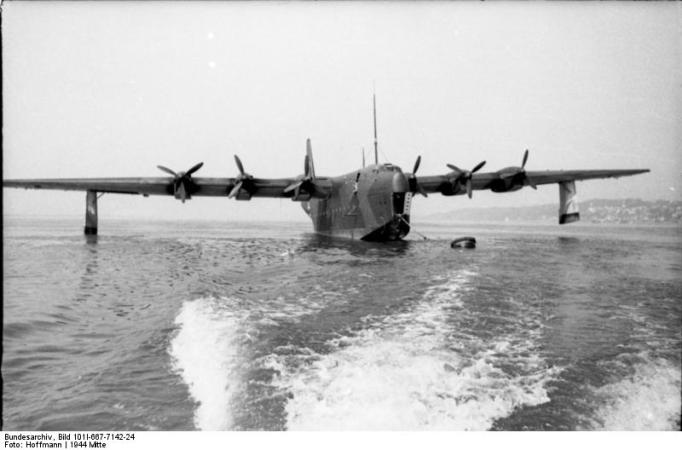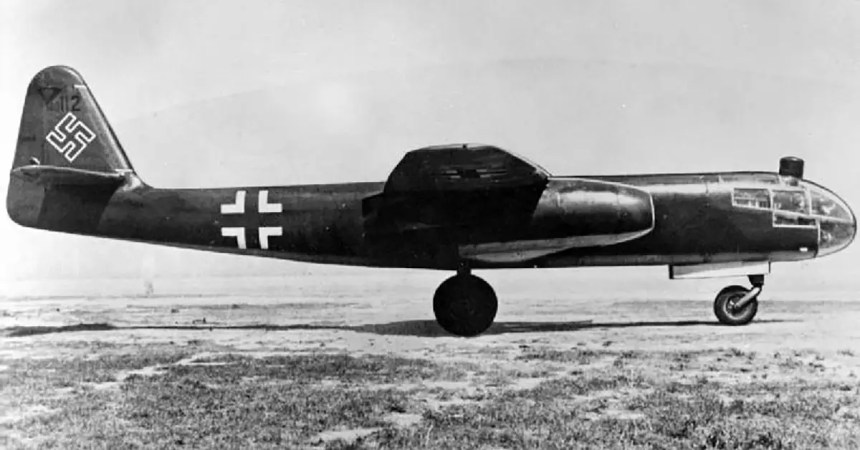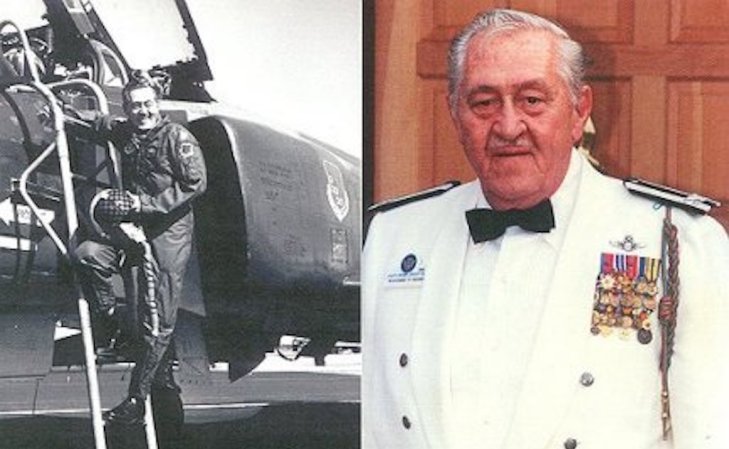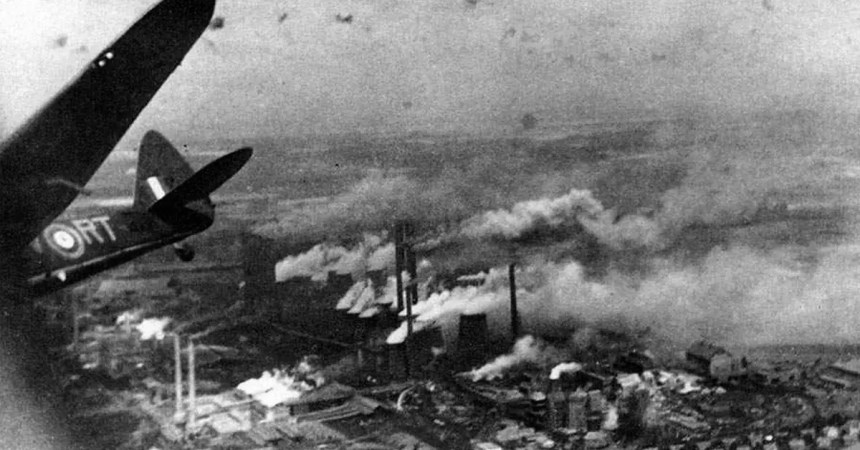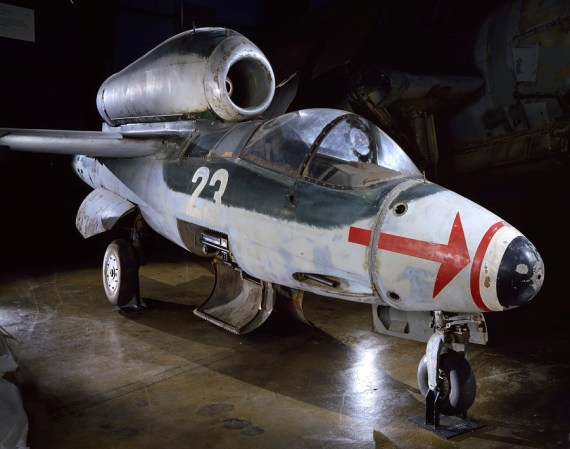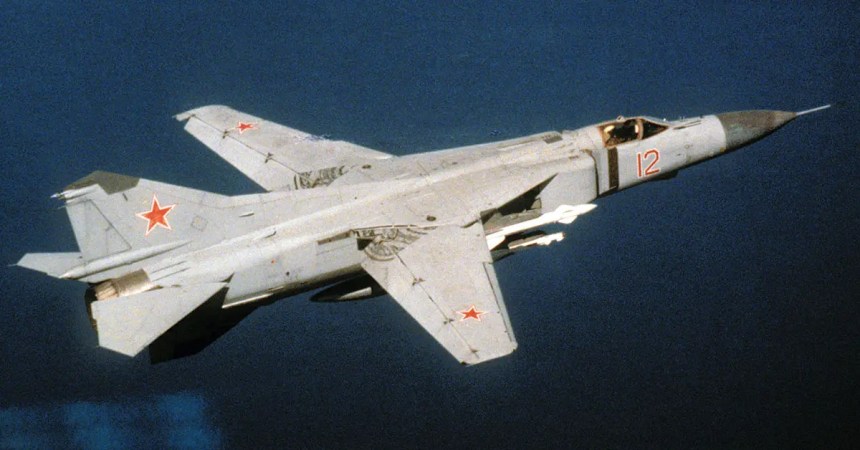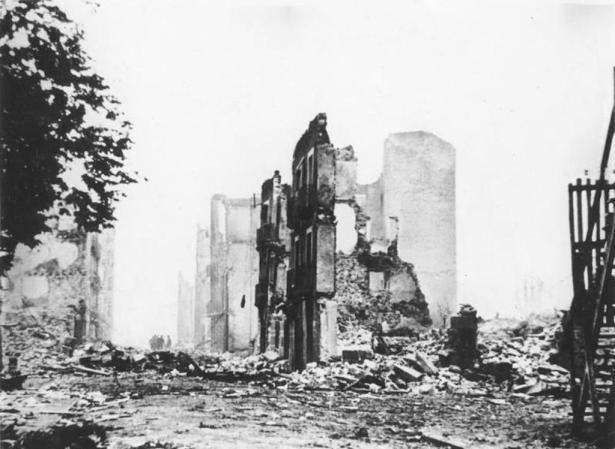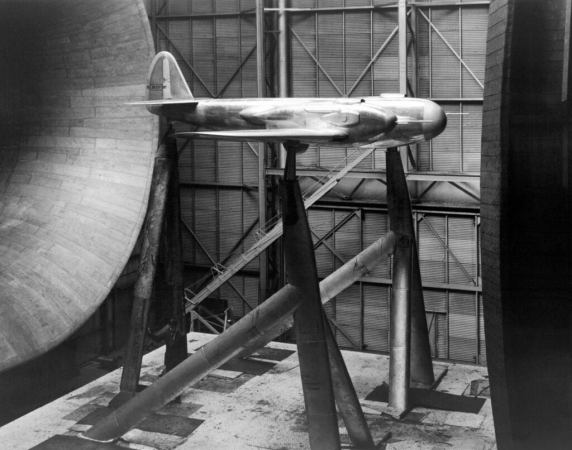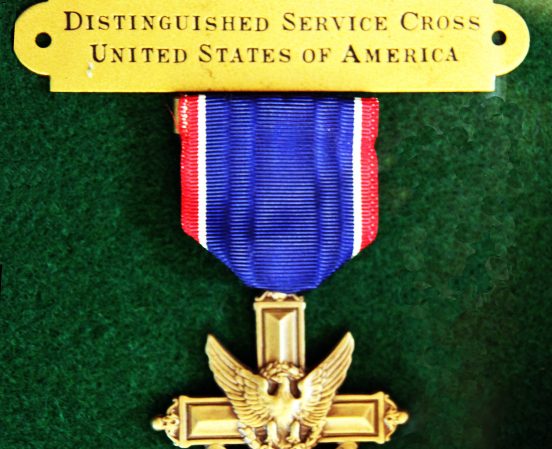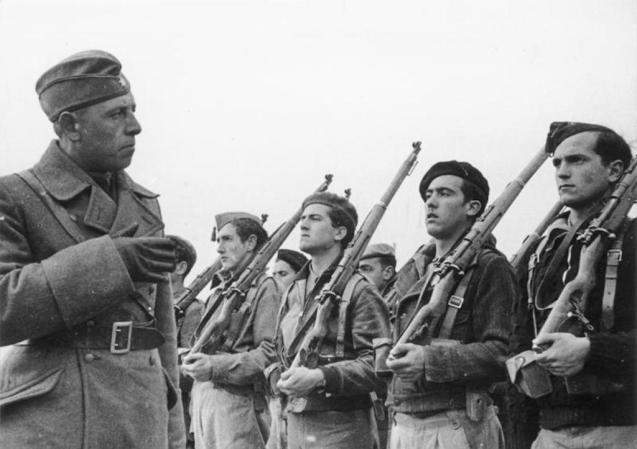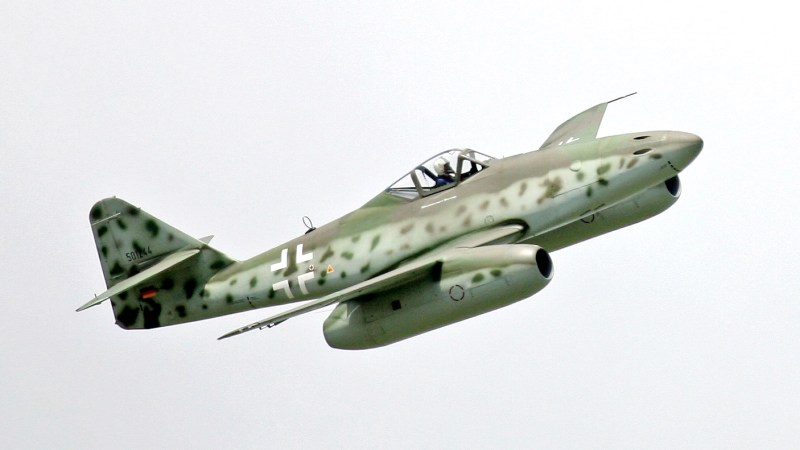Only one Allied fighter jet saw combat in World War II. The Gloster Meteor was underpowered, arrived late and inefficient. But it led the way into the jet age and once deflected a flying bomb headed to London by literally knocking it off track with its body.
The jet race
Both sides in World War II had aviation pioneers who knew that the jet age was coming. Piston fighters did much of the fighting during the war. But Germany initially flew a test version of a fighter in 1939, the He-178. Then the Italian Caproni-Campini N.1 flew. And in July 1942, the Allies joined the effort with the Gloster E.28/39 in 1941. (America entered the race in October 1942.)
Italy soon left the war, leaving Britain and Germany in the lead of the race for jet fighters.
The British Gloster Meteor had high revs that could let it fly extremely fast, but the early jet engines had little power, so pilots had to begin accelerating and decelerating early. To try and compensate for this, engineers initially planned on giving the plane six guns. But with the lack of power, there was a risk of stall. So the Meteor carried four forward-facing guns, instead.
These compromises made them clunky in dogfights, but early jet fighters would never meet each other in combat.
The first jets were secret weapons
That’s because both Germany and Britain considered the technology too sensitive to use over enemy lines. So German Me-262s, their first fighter jet to enter combat, fought in the skies of Germany. And the Gloster Meteor primarily served near Britain as well as over friendly lines on the European continent.
Still, the Meteor had an important mission: Chasing V-1 flying bombs and other attacks on London. The V-1s, long threatened before D-Day, began flying on June 13, 1944. The V-1 carried a 1,870-pound warhead and was powered by a pulsejet engine. They flew fast and successfully drove thousands of workers out of London, slowing war production.
While most planes could fly a little faster than a flying bomb–the P-51 couple fly at 430 mph to the V-1’s 400 mph–the Gloster Meteor could chase the V-1s down at 598 mph.

The OG ramjet
But the first time a Meteor caught a V-1, it found itself with a little performance problem: Its guns were jammed.
But the enterprising pilot found a new way to skin the cat. They banked into the rocket and smacked it with their wing.
The hit threw off the flying bomb’s gyroscope and sent it into the ground, potentially saving dozens of lives in London or the countryside.
The Meteors, usually with working guns, attacked incoming V-1 flying bombs until the last launch site was knocked out in March 1945.


